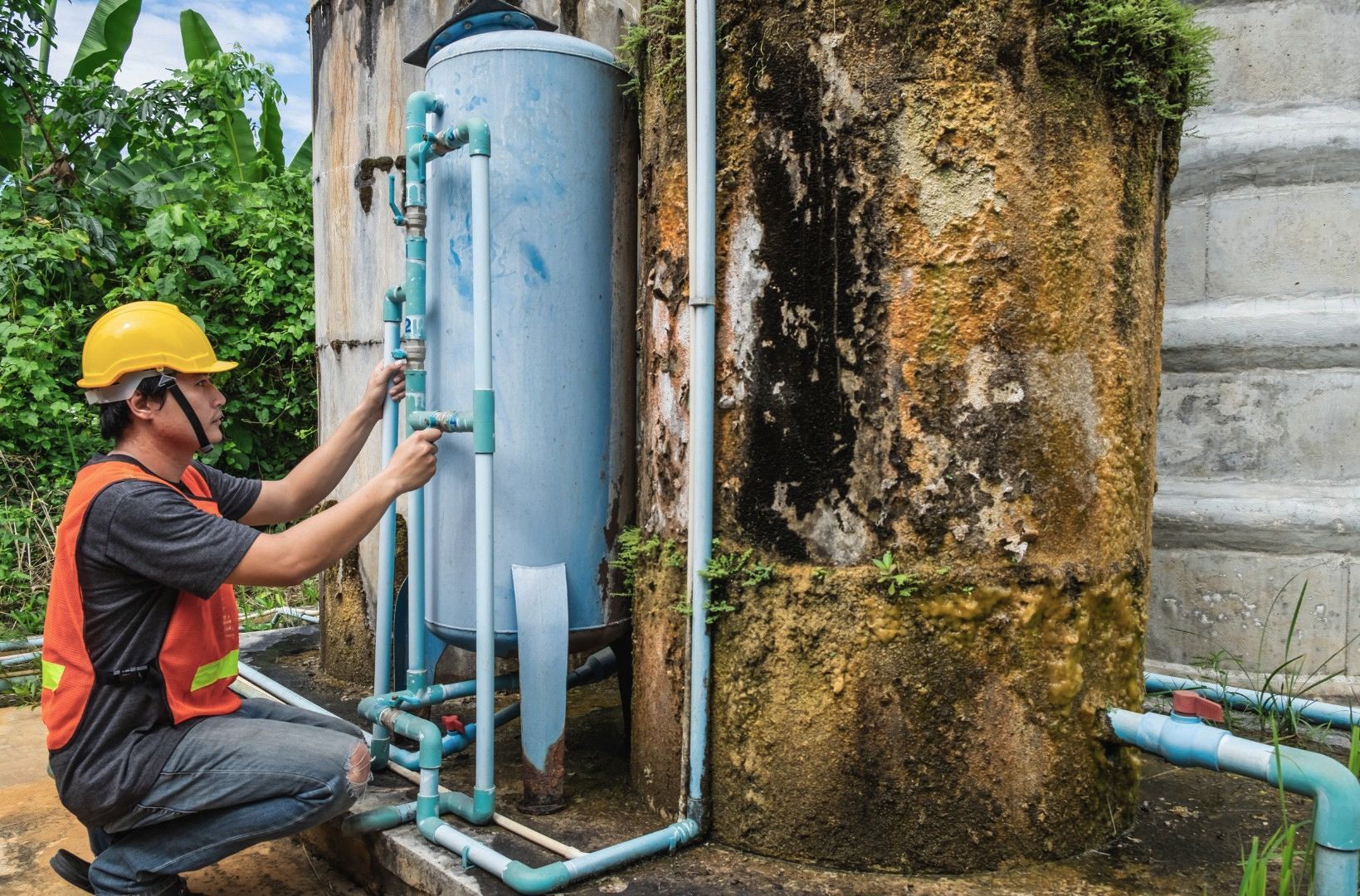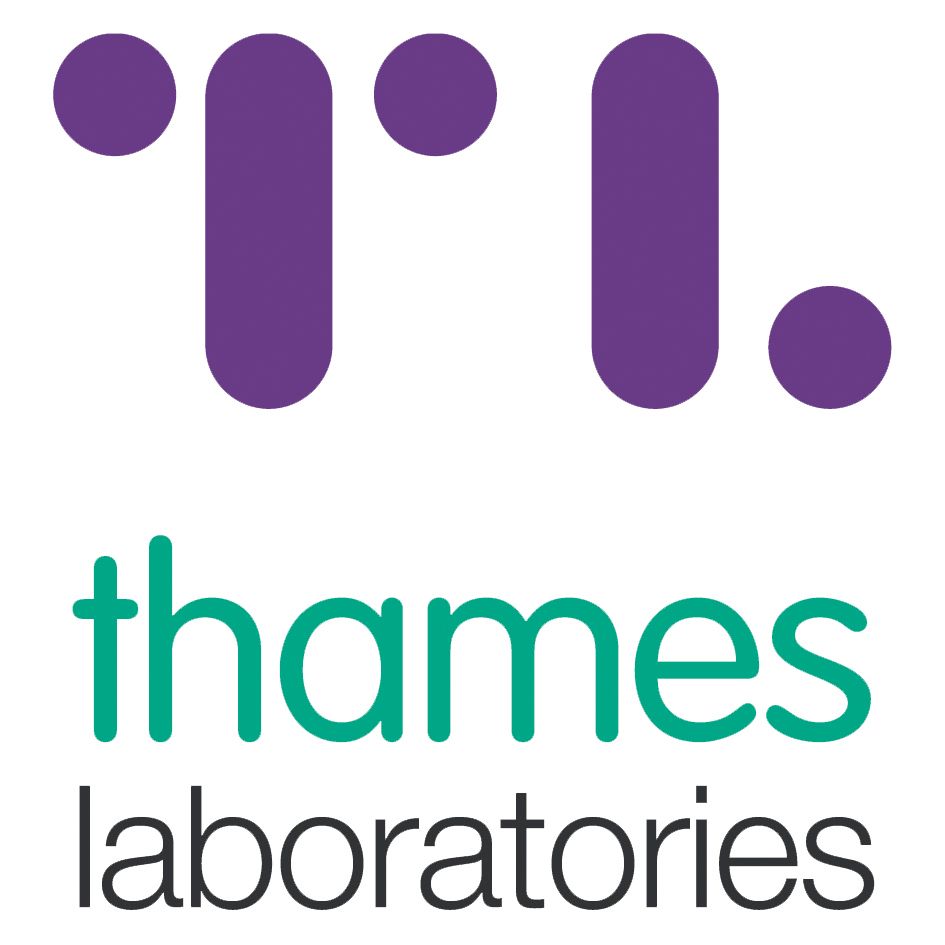Legionella Services at Thames Laboratories
At Thames Laboratories, we offer comprehensive Legionella services to ensure your compliance with Health and Safety Executive (HSE) regulations, including the Control of Substances Hazardous to Health (COSHH) and the L8 Approved Code of Practice. Our expert team provides a range of services to effectively manage Legionella risks.
As a member of Legionella Control Association (LCA), we are committed to ensuring the quality of our Legionella services.
Contact us to ensure your Legionella control measures are fully compliant and up to date.

At Thames Laboratories, we offer comprehensive Legionella services to ensure your compliance with Health and Safety Executive (HSE) regulations, including the Control of Substances Hazardous to Health (COSHH) and the L8 Approved Code of Practice. Our expert team provides risk assessments, written schemes, schematic drawings, logbook management, and regular audits to effectively manage Legionella risks.
As a member of Legionella Control Association (LCA), we are committed to ensuring the quality of our Legionella services.
Contact us to ensure your Legionella control measures are fully compliant and up to date.
Our Legionella Services
Risk Assessment
The first step to compliance begins with a Legionella Risk Assessment. This process highlights potential hazards that could increase the risk of Legionella contamination. Our dedicated consultants keep you informed of the latest guidance and help ensure your Legionella management regime complies with all relevant regulations.
Schematic Drawings
Schematic drawings offer a clear, accessible representation of your system’s layout, helping even non-experts quickly understand the scale and relationships of the system’s components.
Written Scheme
After the risk assessment, a written scheme of precautions must be created. This document outlines the necessary control measures to manage Legionella risks. While you're responsible for ensuring the scheme is produced, you can delegate this task to us or use our knowledge and experience to assist in developing it.
Our Legionella Services
Risk Assessment
The first step to compliance begins with a Legionella Risk Assessment. This process highlights potential hazards that could increase the risk of Legionella contamination. Our dedicated consultants keep you informed of the latest guidance and help ensure your Legionella management regime complies with all relevant regulations.
Schematic Drawings
Schematic drawings offer a clear, accessible representation of your system’s layout, helping even non-experts quickly understand the scale and relationships of the system’s components.
Written Scheme
After the risk assessment, a written scheme of precautions must be created. This document outlines the necessary control measures to manage Legionella risks. While you're responsible for ensuring the scheme is produced, you can delegate this task to us or use our knowledge and experience to assist in developing it.
Logbook
Once the written scheme is in place, a logbook should be maintained to document the control measures you’ve implemented. Often, audits reveal missing data in logbooks, which can lead to non-compliance.
We ensure your logbook is thorough and meets all requirements.
Auditing & Reviewing
Regular audits and reviews of your logbook and risk assessment are essential to maintaining effective Legionella control. Auditing helps you scrutinise your processes, ensuring that remedial actions can be implemented promptly.
Auditing & Reviewing
Regular audits and reviews of your logbook and risk assessment are essential to maintaining effective Legionella control. Auditing helps you scrutinise your processes, ensuring that remedial actions can be implemented promptly.
Logbook
Once the written scheme is in place, a logbook should be maintained to document the control measures you’ve implemented. Often, audits reveal missing data in logbooks, which can lead to non-compliance.
We ensure your logbook is thorough and meets all requirements.
Auditing & Reviewing
Regular audits and reviews of your logbook and risk assessment are essential to maintaining effective Legionella control. Auditing helps you scrutinise your processes, ensuring that remedial actions can be implemented promptly.

Auditing & Reviewing
Regular audits and reviews of your logbook and risk assessment are essential to maintaining effective Legionella control. Auditing helps you scrutinise your processes, ensuring that remedial actions can be implemented promptly.
Other Services Include:
- Compliance Audits
- Written Scheme of Control
- Scalding Risk Assessments
- Test Kits and Equipment
Other Services Include:
- Compliance Audits
- Written Scheme of Control
- Scalding Risk Assessments
- Test Kits and Equipment
-
What is Legionella?
Legionella pneumophila and related bacteria are commonly found in natural water sources like rivers, lakes, and reservoirs, but they can also thrive in man-made water systems, including cooling towers, hot and cold water systems, and spa pools. In favorable conditions, these bacteria multiply, increasing the risk of Legionnaires’ disease. Over 60 species of Legionella bacteria have been identified, with more than 25 known to cause disease in humans.
-
What is Legionellosis?
Legionellosis refers to illnesses caused by Legionella bacteria, including Legionnaires’ disease, Pontiac fever, and Lochgoilhead fever. The most serious form of Legionellosis is Legionnaires’ disease, a severe pneumonia with a relatively high fatality rate. While anyone can contract Legionnaires’ disease, people who are elderly, immunocompromised, or smokers are at higher risk. For more details, visit the NHS website [here].
-
What are the Legal Requirements for Legionella?
It’s a legal requirement to assess and manage the risks associated with Legionella to protect your employees, residents, or the public. Compliance with the ACOP L8 (Approved Code of Practice for Legionella) is essential, requiring a risk assessment to identify any potential risks and exposure sources. The HSE has provided a brief summary of the dutyholder’s legal responsibilities, for more information click here.
-
What is a Legionella Risk Assessment?
A Legionella Risk Assessment (LRA) is a vital step in ensuring compliance with the ACOP L8. The assessment identifies any risks, and if any hazards are found, a control scheme must be implemented to manage them. A ‘responsible person’ must be appointed to oversee this scheme, and they should be competent and knowledgeable about the water system. Thames Laboratories can conduct thorough assessments and provide detailed reports, including:
- An evaluation of the water system’s usage and potential exposure risks.
- An analysis of the condition of all water system components.
- A schematic diagram of the system.
- An assessment of your current management structure and any necessary adjustments for full L8 compliance.
- Photographs of problem areas.
- Recommendations for any remedial work.
- Microbiological sampling, if required.
-
How Frequently Should I Update my Legionella Risk Assessment?
While there is no fixed lifespan for a Legionella Risk Assessment, it should be reviewed regularly, particularly if changes occur. Thames Laboratories recommends conducting a reassessment at least once every two years to ensure ongoing compliance and risk management.
Contact Us
Contact Us - Home
We will get back to you as soon as possible
Please try again later
Contact Us
Contact Us - Home
We will get back to you as soon as possible
Please try again later


